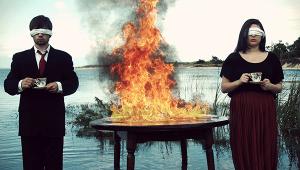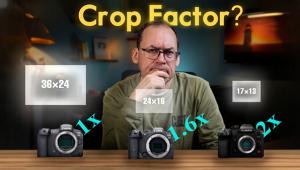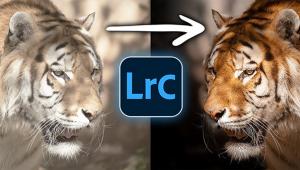Signs of the Times: Photojournalist John Conn Finds Common Ground In Messages From the Homeless

John Conn has photographed landscapes, landmarks, and the underwater world, but his passion for documentary storytelling has resulted in his most compelling images: apartheid-era South Africa, residents of a Bowery flophouse, patients in a cancer hospice, the subways of 1970s New York City, and, starting three years ago, the homeless of Manhattan.
“Walking the streets I began to take notice of their signs,” he says. He’s called each sign “an introduction”—to a story, a situation, possibly a scam. “There was the physical presence of the person, and then there was what was written, what they chose to present: ‘Please help me,’ ‘God Bless,’ ‘Every little bit helps.’ One of them wrote, ‘Why lie? I need a beer.’”
He walks up, his Nikon D800 hanging off his shoulder or in his camera bag. “Eye contact opens a line of communication,” Conn says, “and that opens a line of obligation, of commitment. If I’m going to communicate with someone, I have an obligation to find common ground to open up to what they’re feeling or doing. When I make eye contact I’m acknowledging that person as more than a subject. These aren’t one-way streets we’re on.”
Once he tells them what he’s doing and gets permission to photograph, he works fast. “I get an overall view, then a particular part: a tattoo, a necklace, their hands, whatever catches my eye. Sometimes I’ll ask them to turn a certain way, or I’ll shoot while they’re talking.” He doesn’t take many frames; neither does he check the LCD. He knows what the picture is, and he knows when he’s gotten it.

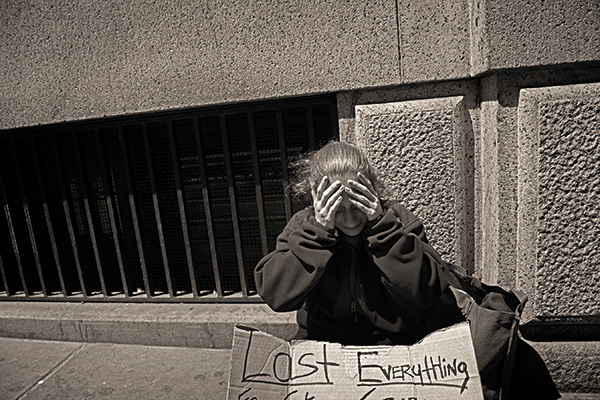
Talking Points
His photographs are the limit of what he can show us, but not of what he’s learned. “I can tell some of the people aren’t much on talking,” he says. “It seems most of what they have to say is on the sign.” Others, though, seem glad to have someone to talk to. “There was one guy who had a tattoo on his arm that said ‘Courage.’ He looked miserable, on the verge on tears. ‘You seem to be having a bad day,’ I said, and he started to cry. ‘People don’t see me as a person,’ he said. I went to McDonald’s and brought back a burger, fries, and an apple pie for him. We talked for a while, and I photographed him. I gave him a couple of bucks, too.”
He always gives something, and he sees that as a fair exchange. “I can’t take something from them—hopefully, a good photograph—and just walk away,” he says. “A lot of people would say that I’m paying for photographs. You know what I say to those people? ‘I don’t care what you think. How much money did you give to the homeless today?’
“I’m not a crusader,” he says, “but there are way too many homeless and they’re being ignored. I can’t make a big change in their lives, I know that, but I can make a change for that moment.”
He also knows that some people think he may be contributing to alcoholism or drug addiction or dependency. “But I could just be giving to someone who’s hungry or looking for a place to stay. I don’t ask them what they’re going to do with the money. If you feel you’re contributing to their drinking or drugs, buy them some food.”
And sometimes there’s a contribution to the unexpected. “Once I saw two people who were trying to get money to see the Superman film, Man of Steel. Their sign was along the lines of, ‘We’re homeless, but we still like movies.’ I gave them ten bucks.”
Then he adds, “And I never saw Man of Steel.”
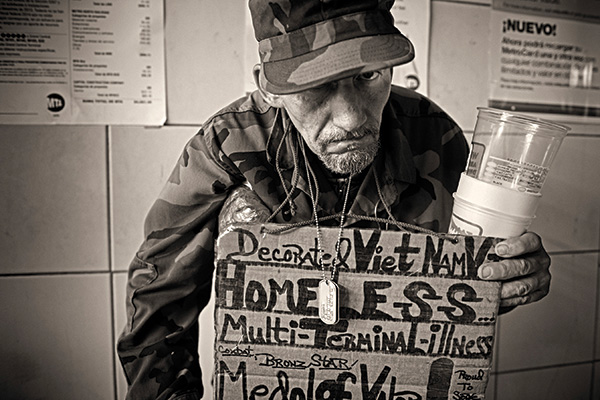

Essential Choices
John Conn carried his Nikon D800 and a backup D600 and photographed 90 percent of the street people with a Nikkor 24-70mm lens, the rest with a 14-24mm Nikkor. “With the 24-70mm I have some working distance choices,” he says. “I shoot fast, five or six frames [in burst mode], so I’m in their personal space for only a short time.” All his images are full frame—he’s said that by cropping you’re not taking a photograph, you’re taking what you hope can be made into a photograph. He shoots in color, removes it using Nik Silver Efex Pro, adds a touch of sepia tone, and sometimes boosts contrast a bit in Photoshop.
He feels that black and white calls attention to the essentials of the image, and it’s a test for both photographer and viewer. “Too often a photo rides on color,” he says. “We’re drawn to color, and if the composition is off, or there’s no real composition to begin with, you’ve got these bright reds or yellows to save you by grabbing attention. Color hides a lot.”

You can view John Conn’s photo essays at JohnConnImages.com.
- Log in or register to post comments















